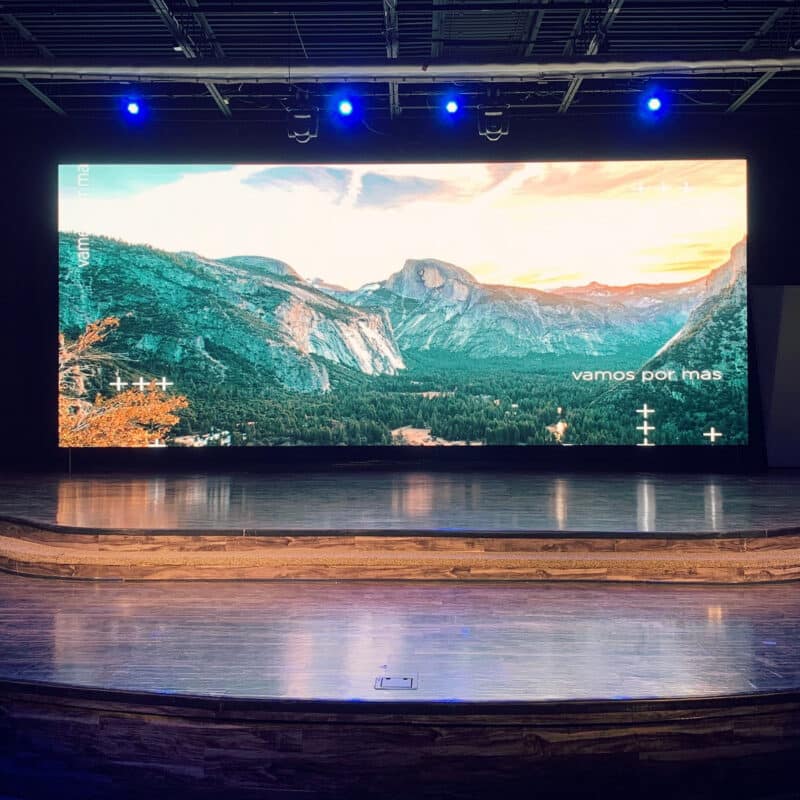Investigating the Durability of Light Emitting Diode Wall Screens in Comparison to Traditional Screen Technologies
Investigating the Durability of Light Emitting Diode Wall Screens in Comparison to Traditional Screen Technologies
Blog Article
Light-emitting diode panel screens have become increasingly popular in current times, especially in environments like educational institutions, businesses, and public spaces. These panels use light-emitting lights (LEDs) to create vivid and vibrant visuals. One of the most notable advantages of LED innovation is its longevity compared to conventional screen methods, such as cathode tube monitors (CRTs) and liquid crystal screens. Understanding the differences in duration and performance between these options can assist buyers make knowledgeable decisions about their display requirements.
Classic display methods, like CRTs, have been around for many years. They were frequently used in televisions and PC monitors. However, CRTs have a limited duration, typically lasting approximately 10,000 to 20,000 hours of use. This means that after a couple years, consumers may notice a deterioration in picture clarity, such as dimming or hue distortion. In comparison, LED wall panels can last considerably longer, frequently exceeding 50,000 hours. This extended duration means that users can enjoy reliable functionality without the need for frequent substitutions.
Another important factor to consider is energy efficiency. LED wall panels consume less power than conventional screens, which not only helps the ecosystem but also reduces power costs. For example, while a CRT screen may use around 100 W of energy, an LED panel can consume as few as 30 to 50 watts. This difference in power usage adds to the total longevity of LED technology, as reduced energy usage go now generates minimal heat. Excessive thermal energy can harm electronic parts, resulting to a shorter lifespan for conventional displays.
In furthermore to their extended lifespan and power conservation, LED wall panels also provide enhanced visual quality. They provide more vivid hues and improved contrast, making them ideal for multiple applications, from marketing to educational presentations. The innovation behind LED screens allows for a wider sight perspective, meaning that images stay clear and vibrant even when viewed from the flank. This is a significant benefit over conventional screens, which often experience from hue distortion and reduced brightness at broader angles.
In conclusion, the durability of LED wall panels in contrast to traditional display methods is a key aspect for buyers to consider. With durations that can exceed 50,000 hrs, power efficiency, and enhanced image quality, LED technology offers many advantages. As innovation continues to progress, LED wall screens are probably to turn even more common in multiple environments. Grasping these differences can help individuals and organizations make better decisions when purchasing in screen innovation, guaranteeing they receive the optimal value for their requirements.